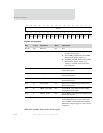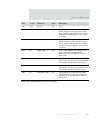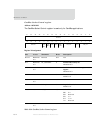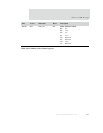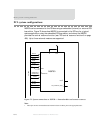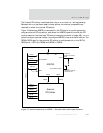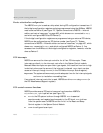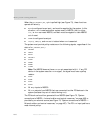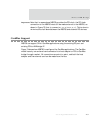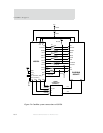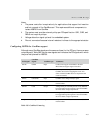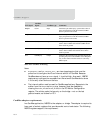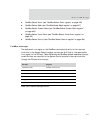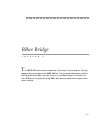
PCI system configurations
460
NS9750 Hardware Reference
When the PCI_CENTRAL_RSC_n pin is pulled high (see Figure 73), these functions
operate differently:
RST# is configured as an input, and must be supplied by the system. In this
situation,
RST# is used as another system reset to NS9750; that is, either
reset_n or RST# can reset NS9750, and both must be negated to take NS9750
out of reset.
SERR# is configured as output.
AD[31:0], C/BE[3:0], and PAR are tri-stated when RST# is asserted.
The system must provide pullup resistors on the following signals, regardless of the
state of
PCI_CENTRAL_RSC_n:
FRAME#
TRDY#
IRDY#
DEVSEL#
STOP#
SERR#
PERR#
LOCK#
Note: The NS9750 does not have a LOCK# pin associated with it. If any PCI
device in the system uses the
LOCK# signal, the signal must have a pullup
resistor.
INTA#
INTB#
INTC#
INTD#
All REQ# inputs to NS9750
All GNT# outputs from NS9750 that are connected to other PCI devices in the
system (because they are tri-stated during
RST#)
The PCI clock can be either generated from NS9750 (see Figure 72, "System
connections to NS9750 — Internal arbiter and central resources," on page 456) or
provided by an external source (see Figure 73, "System connections to NS9750 —
External arbiter and central resources," on page 457). The PCI
CLK input pad has a
weak internal pullup.



